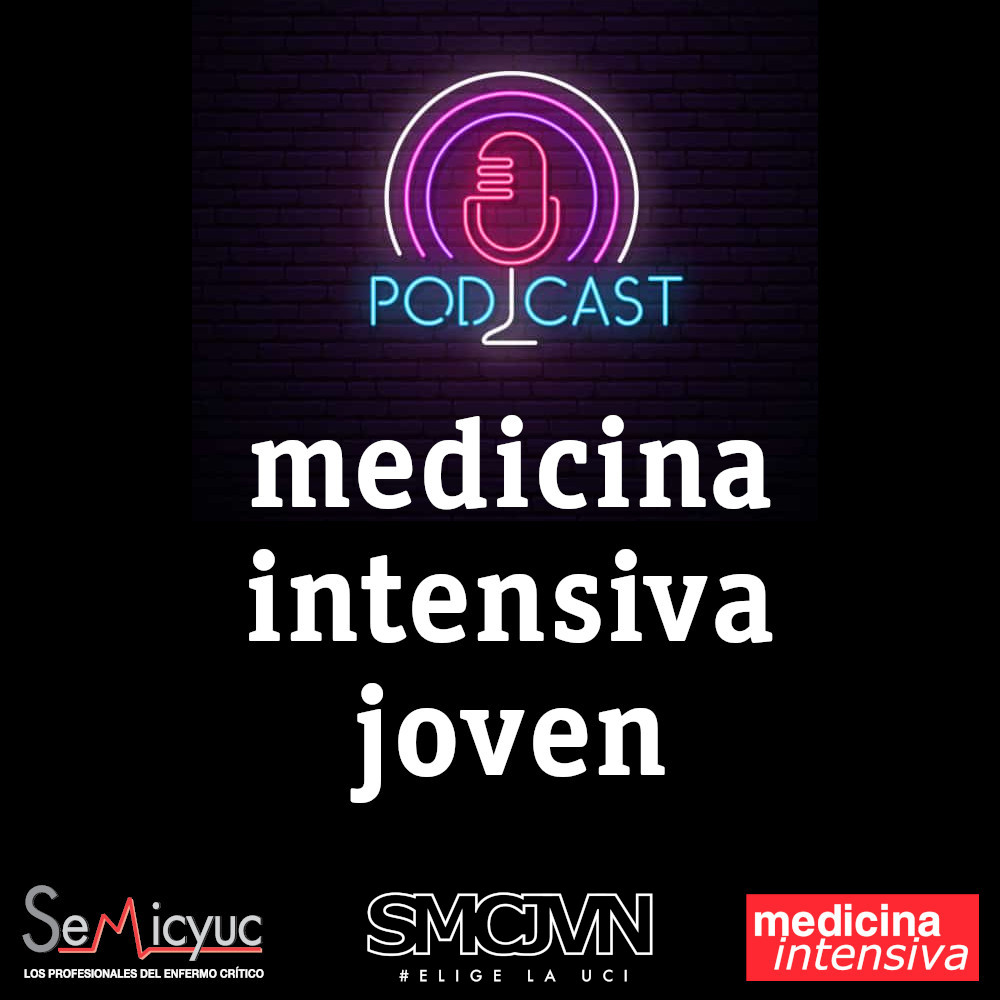A 50-year-old man sustained severe burns due to exposure to naked flames after a deflagration while handling fuel and firewood in a closed space. The initial survey by Emergency Medical Services on scene was remarkable for second-degree facial and both hands burns, singed eyebrows and vibrissae, carbonaceous sputum and perioral edema. The patient was transferred to the Burns Unit after initial stabilization and orotracheal intubation. Laboratory testing showed carboxyhemoglobin levels of 20% and lactic acidosis (pH 7.11, lactate 6 mmol/L). A diagnosis of inhalation injury was made, and 100% oxygen and hydroxocobalamin were initiated immediately to reverse the systemic toxicity of carbon monoxide and cyanide. Bronchoscopy revealed grade II–III mucosal damage in infraglottic structures with presence of carbonaceous debris, erythema, mucosal edema, erosions and exudates in the trachea and both main bronchi (Fig. 1). Supportive measures including nebulizers, toilet bronchoscopies (Fig. 2) and mechanical ventilation were provided until injuries abated.
The Impact Factor measures the average number of citations received in a particular year by papers published in the journal during the two preceding years.
© Clarivate Analytics, Journal Citation Reports 2025
SRJ is a prestige metric based on the idea that not all citations are the same. SJR uses a similar algorithm as the Google page rank; it provides a quantitative and qualitative measure of the journal's impact.
See moreSNIP measures contextual citation impact by wighting citations based on the total number of citations in a subject field.
See more







